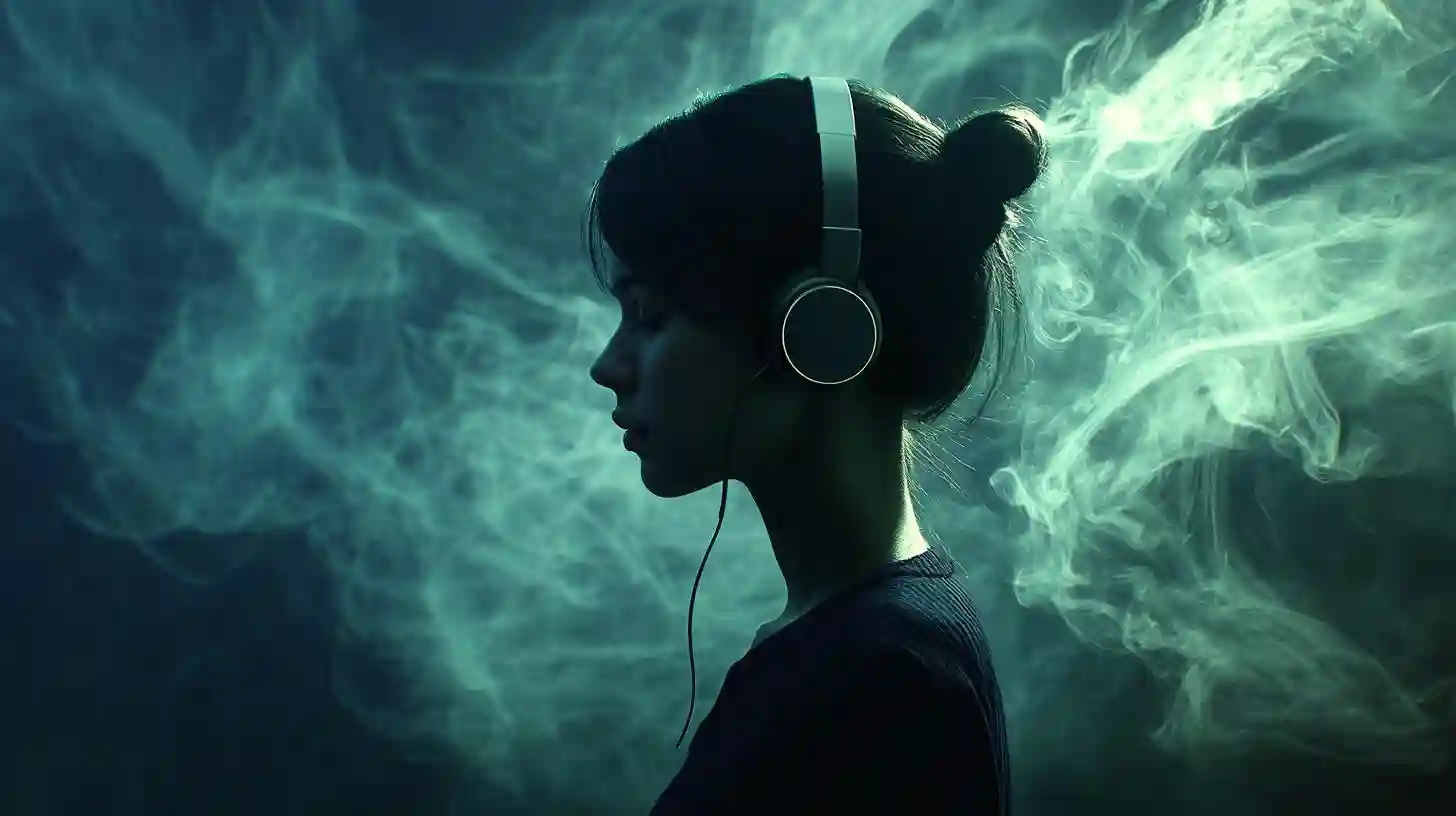
Infospherezone

The use of headphones has become a ubiquitous part of modern life, accompanied by a culture that celebrates personal music consumption. For many, music is an integral part of daily routines, influencing moods, enhancing workouts, and providing companionship during commutes. However, the downside of this convenience lies in the potential health risks associated with prolonged headphone use. As more people listen to music for extended periods, concerns about hearing loss and other auditory issues are becoming increasingly prominent.
Hearing loss often develops gradually, and many individuals are not even aware of the damage being done until it is too late. Exposure to loud sounds can lead to noise-induced hearing loss, a concern that has been exacerbated by the rise of portable music devices and high-powered headphones. These devices can deliver powerful sound directly into the ear canal, sometimes at dangerous levels that can cause irreversible damage. Once hearing is compromised, it is typically irreversible, creating long-term challenges for those affected.
In addition to traditional hearing loss, headphone users may experience a phenomenon known as temporary threshold shift. After a prolonged listening session, many find it difficult to hear softer sounds for a short period. While this condition may not immediately trigger alarm, repeated experiences can indicate an underlying issue that could evolve into permanent hearing damage. Over time, those who frequently engage in loud headphone use may find themselves struggling to hear conversations, enjoying music, or even perceiving everyday sounds.
Beyond hearing loss, there are also concerns about ear infections related to the use of headphones. In-ear headphones, in particular, create a confined space that can trap moisture and bacteria, increasing the likelihood of infection. Individuals who share headphones or fail to clean them regularly further elevate risks. Ear infections can lead not only to discomfort and pain but also to complications that could further damage hearing or result in chronic conditions. Ensuring proper hygiene with headphones is crucial for maintaining overall ear health.
Another consideration is the impact of headphone use on mental health. While music can serve as a therapeutic outlet, prolonged isolation through headphone use can contribute to feelings of loneliness or disconnect from the outside world. In an era where social interactions often occur virtually, the act of shutting out ambient sounds can lead some to withdraw further from real-life engagements. This can perpetuate a cycle of isolation, negatively affecting emotional well-being and relationships with peers.
Tinnitus is another serious condition that might develop from excessive headphone use. Often described as a ringing or buzzing sensation in the ears, tinnitus can stem from exposure to loud noises or ear damage. This condition can be bothersome and persistent, sometimes leading those affected to experience anxiety or difficulty concentrating. For music lovers who rely on headphones to enjoy their favorite tunes, the risk of developing tinnitus might not be worth the delight of their auditory experiences.
To mitigate these risks, music enthusiasts should apply a few practical strategies when using headphones. One approach is the 60/60 rule, which suggests listening at no more than 60 percent of maximum volume for no longer than 60 minutes at a time. Frequent breaks not only give the ears a chance to recover but can also enhance overall listening experiences by resensitizing ears to sound.
Investing in higher-quality headphones with noise-cancellation features can help reduce the need to raise the volume significantly. By blocking out external noise, users may find they can enjoy music at lower volumes, thereby protecting their hearing in the long run. Moreover, choosing over-ear headphones can minimize the risk of ear infections by preventing direct insertion into the ear canal.
Education plays a crucial role in addressing the health risks associated with headphone use. Awareness campaigns targeting young adults and teens, who are often the most ardent users, can help instill better habits. By fostering a culture of responsible headphone use, future generations can continue to enjoy music without compromising their hearing health.
In an increasingly sound-filled world, the joy of music should not come at the cost of one's health. Understanding the potential dangers of prolonged headphone use is essential for anyone who values their hearing. By adopting mindful listening practices and prioritizing ear health, individuals can continue to enjoy their favorite tracks while safeguarding their auditory future.